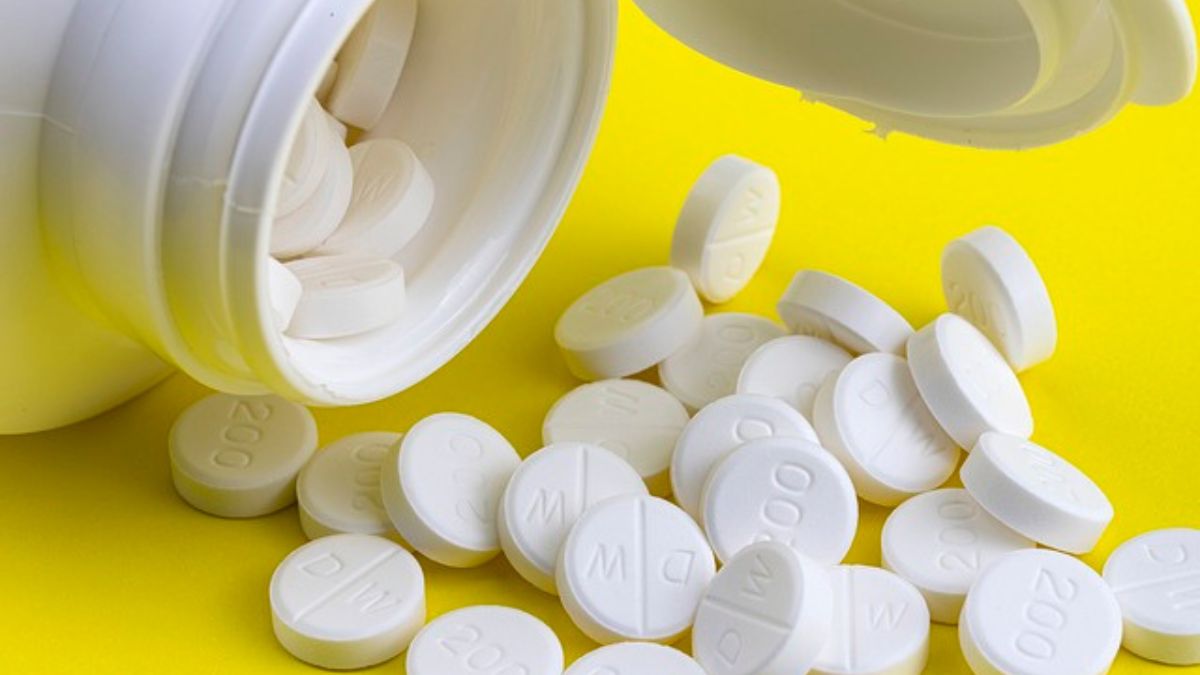Weight-loss drugs like Ozempic and Mounjaro have changed the game for people trying to manage their weight and blood sugar. But there’s always been one big drawback: they have to be injected. For many, that’s been enough to stop them from trying these medications at all.
Now, there’s a new option on the horizon that could make things a lot easier. A daily pill called orforglipron, developed by pharmaceutical company Eli Lilly, is showing impressive results in clinical trials, and you don’t need a needle to take it.
In a major study, people who took orforglipron lost more than 12 per cent of their body weight, putting it on par with the results seen from popular injectables. The company shared the findings on Thursday, and if it gets approved by the
US Food and Drug Administration, the pill could hit shelves as early as next year.
So, could this be a game-changer? How does it compare to what’s already out there, and what are the downsides, if any?
Here’s what we know so far.
What did the clinical trial reveal?
Orforglipron belongs to the same class of medications as Ozempic and Mounjaro: GLP-1 receptor agonists.
The drug mimics GLP-1, a hormone the body produces after eating, which can decrease appetite and help the body manage insulin production. But unlike
Ozempic and
Mounjaro, which are injected weekly, orforglipron is taken once a day as a pill, with no food or water restrictions.
In a Phase 3 clinical trial, which involved 3,127 participants, those who took the highest dose of orforglipron for 72 weeks lost an average of 27 pounds (12 kg), or 12.4 per cent of their body weight, according to Eli Lilly. In contrast, people on the placebo lost only around 2 pounds.
The study included adults who were obese or overweight but did not have Type 2 diabetes. Participants also followed a healthy diet and exercise routine as part of the trial.
Beyond
weight loss, the pill also showed positive results in lowering LDL cholesterol, triglycerides, systolic blood pressure, and inflammation markers, the company said.
In people with Type 2 diabetes, the pill also significantly improved blood sugar control. It reduced A1C levels, a key measure of blood glucose, by 1.3 per cent to 1.6 per cent over 40 weeks, with two-thirds of participants who took the highest dose of orforglipron reaching an A1C level below 6.5 per cent, down from a starting point of 8 per cent, according to the results published in The New England Journal of Medicine.
Is it better than Ozempic or Mounjaro?
Orforglipron looks promising, but if you’re comparing weight loss numbers alone, it doesn’t quite match up to injectable drugs.
Take Eli Lilly’s own Zepbound, for instance. It’s an injectable GLP-1 drug that’s already approved for weight loss. In trials, people using it lost up to 21 per cent of their body weight over 72 weeks, nearly twice what was seen with orforglipron.
But experts say the pill still fills an important gap.
“This is still going to have a significant role,” said Dr Natalie Azar, a medical contributor for NBC News, on the TODAY show. “The big message here is that this is a pill.”
Not everyone is comfortable with injections, especially for long-term use. A daily pill is easier to take, less intimidating, and could make weight-loss treatment more accessible to many.
There’s also the manufacturing side to consider. Pills are easier and cheaper to produce than injectable drugs, which often need to be refrigerated and handled with care. That makes them harder to distribute, especially in low-resource settings.
“Pills can be made at a much larger scale,” said Kenneth Custer, president of Lilly’s cardiometabolic division, in an interview with The New York Times. “There are orders of magnitude differences in how many we can support.”
In fact, Eli Lilly has already started manufacturing and stockpiling orforglipron so it’s ready to go if and when it gets the green light.
And since it’s the only oral GLP-1 option in the pipeline right now, “they have no competition,” added Dr Azar.
What are the side effects?
Like other GLP-1 drugs, orforglipron comes with some gastrointestinal side effects. Participants in the trial reported nausea, vomiting, diarrhoea, and constipation. These symptoms are consistent with what patients experience when taking Ozempic, Mounjaro, or similar injectables.
About 10 per cent of people taking the highest dose of orforglipron stopped the treatment due to side effects, Eli Lilly noted.
Importantly, no signs of liver damage were observed during the trial.
Still, medical professionals stress that even with a more convenient form, these drugs should only be taken under a doctor’s supervision.
“It is not a silver bullet,” said Dr. Melanie Jay, an obesity researcher at NYU Langone, told TODAY. “And we are finding that in real-world practice, we still have so much to learn about how to use these medicines.”
With input from agencies

)